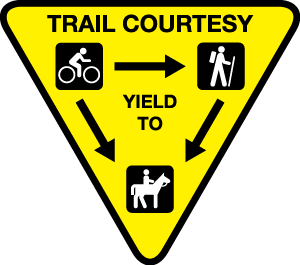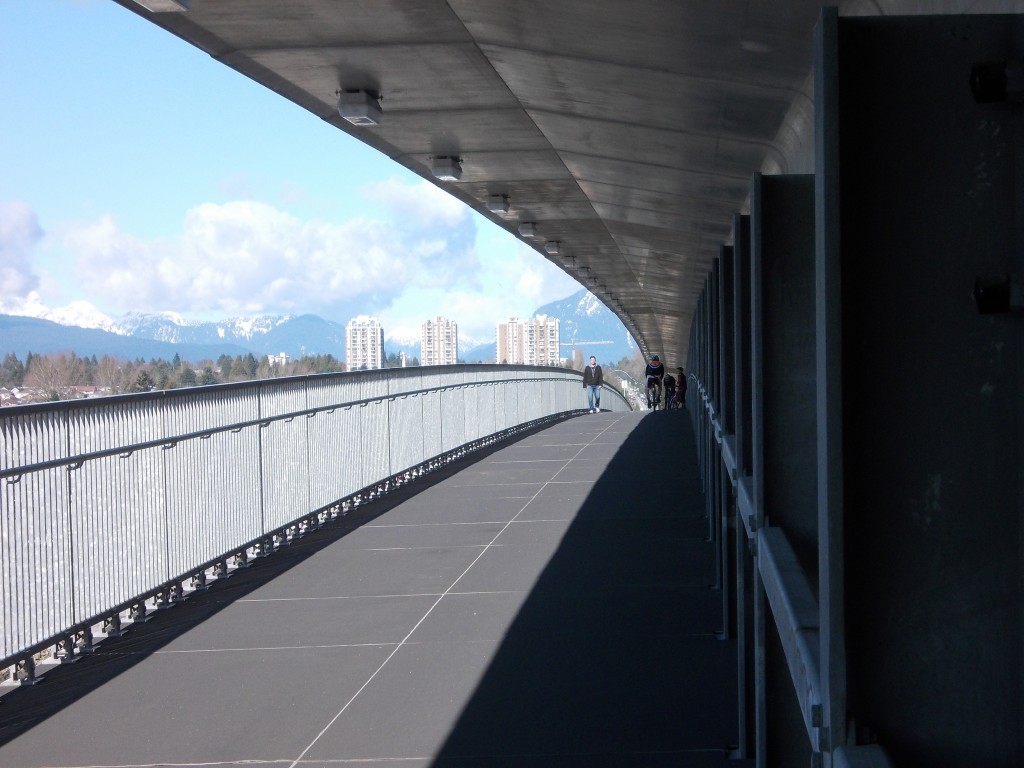Wes asks—
Hi Pat, I’ve been concerned about the airborne contaminants coming off the property that Harvest power urban wood waste recycling occupies in the Brunette industrial area. I remember hearing at a MSRA meeting that the city had told them quite some time ago that they had to move the operation indoors, but have not heard anything in quite some time. My real concern is that they are handling asbestos contaminated demolished products, and have been cited by worksafe in the past for not adequately protecting their employees. Are we as residents in lower Sapperton at risk for the same issue ?
To start off, I probably shouldn’t comment too much on the 2013 fine issued by WorkSafe, because all I know about it is what I read in the newspaper, and I assume that a serious fine like this comes with significant follow-up from WorkSafe BC to assure whatever was going wrong won’t go wrong again. I have (in my work life) dealt with illegal asbestos storage and transportation, and the Province (through the Hazardous Waste Regulation) and Metro Vancouver (through their job managing solid waste and recycling in the region) take asbestos pretty seriously. Businesses like Urban Woodwaste deal with demolition waste all the time, and have pretty strict protocols about how any asbestos they receive is managed.
That aside, air quality protection in the Lower Mainland is regulated by Metro Vancouver. They deal with odours, smoke, dust or any air quality concern. Generally, they require an air quality permit if a business has any point-source emissions. That includes traditional pollutants like sulphur dioxide from an oil refinery to odours from coffee roasting companies or dust from aggregate companies or sawmills. You can see a list of all of the companies that have permits and the conditions attached to those permits at this website. As you can see, Harvest/Urban Wood Waste in New Westminster does not have a permit, which tells me that Metro Vancouver does not consider their operation likely to cause air pollution or nuisance. They have a permit from Metro to operate a wood waste recycling facility (you can see a list of all of those permits here), which means they are on Metro Vancouver’s radar and are subject to regular inspection. I know enough of the Regulation & Enforcement folks at Metro to suggest they wouldn’t ignore the need for an air quality permit if they saw a problem.
If you have questions about Air Quality (and it sounds like you do), you shouldn’t ask random know-it-all bloggers like me, you should contact Metro Vancouver directly. They even have a 24-hour reporting line and on-line complaint form in case you observe (or smell, or suspect) an air quality concern.

